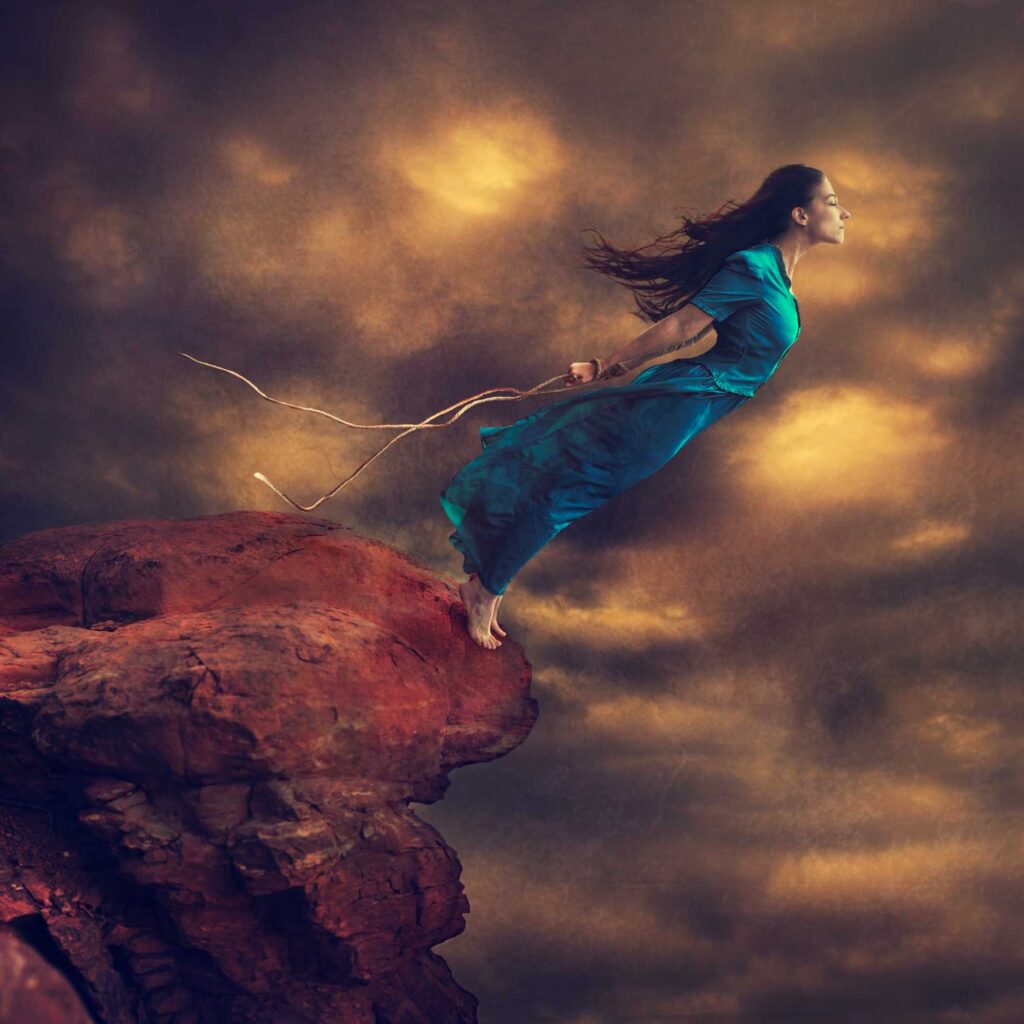Special Interview With Brooke Shaden
By Jasmine Sukary
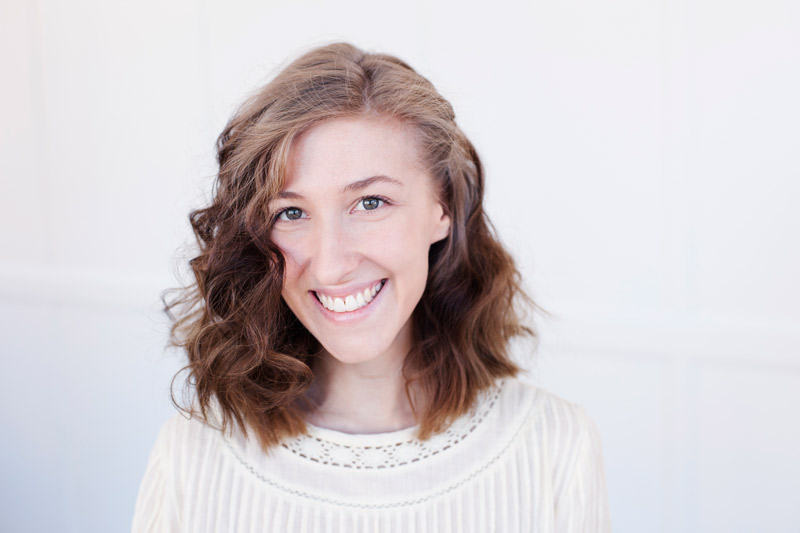
We are excited to feature an interview with one of the most inspiring Artistic photographers of social media, with an enormous number of fans and followers worldwide.
Brooke Shaden began creating self-portraits for ease; she grew to be an international self-portrait artist since then. Self-portraiture for her is not autobiographical in nature.
Instead, she attempts to place herself. She wishes to live in indifferent imaginary worlds, where secrets float out in the open, where the impossible becomes possible. Brooke works to create new worlds within her photographic frame. By using painterly techniques in a square format, traditional photographic properties are replaced by supernatural elements. Brooke’s photography questions the definition of what it means to be alive.
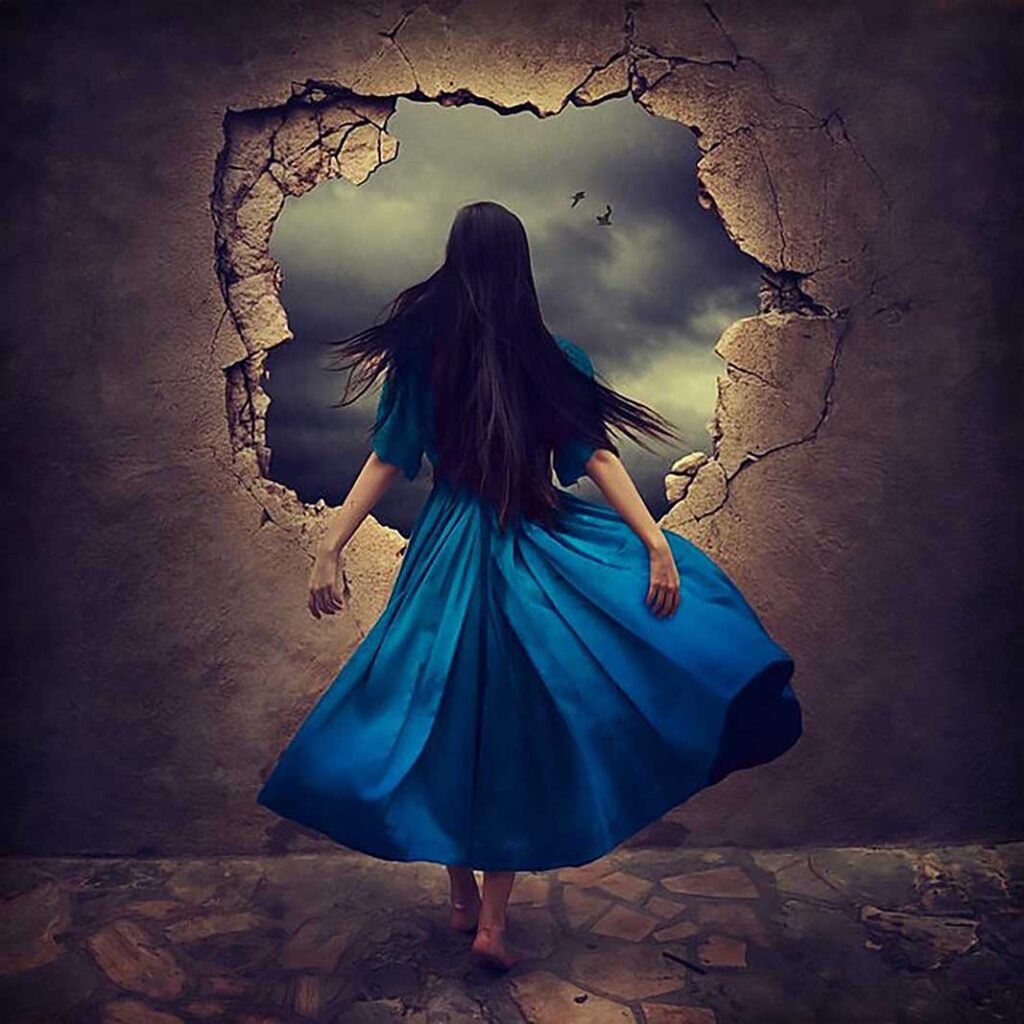
Special Interview With Brooke Shaden
By Jasmine Sukary

Lens Magazine: Hello Brooke, Please introduce yourself to our readers.
Brooke Shaden: Hello! Thank you for including me in this issue of Lens Magazine. I am so thrilled! I am a fine art photographer, writer, and motivational speaker who is in love with the idea of inspiring others and myself by giving back.
L.M.: What is your background in photography? Did you go to school to learn photography?
B.S.: I went to school to study filmmaking and English. I had never considered a career, or even a hobby, in photography. I loved writing all my life, and when I took a digital filmmaking class in high school, I fell in love with a visual way of bringing my stories to life. After college, though, I immediately picked up a still camera and realized I could still tell stories with a single frame, but this way, I had more control over what the outcome was.

L.M.: In your work, we can see a lot of editing, post-processing. How did you develop this artistic style?
B.S.: When I was younger and started writing stories, I could always imagine them in a certain way, with a specific visual style. When I started making films, though I was limited at the time by my tools and knowledge of what was possible, I tried to make them look like my pictures do now. I wish I could show you the film I made in school; it is like a string of my current pictures put together! So, I’ve always had a specific way of seeing the world and conjuring up my imagination, and that is how my images look. They are heavily edited in some cases, but they are mostly just extreme color changes with basic compositing techniques.

L.M.: Give three words that describe your photographic style.
B.S.: Storytelling. Whimsical. Dark. I think those three words inform a lot of what I do, and if I ever lack inspiration, those visual cues are where I start to create a sense of an image. I have always been oddly fascinated with dark stories and see the world that way, too – as being dark yet beautiful. When I realized that it was a bit of a different way of seeing things, I started to create more and more with that eye.
L.M.: From years of experience, what photography tip can you give to our readers?
B.S.: Your authentic voice is the one that makes you feel unique and extraordinary. Other people might not respond to that vision, but it is yours and ultimately the only thing that will bring both joy and peace in a career you love. I believe that finding your voice, your story, is paramount in creating images that you feel fulfilled by.
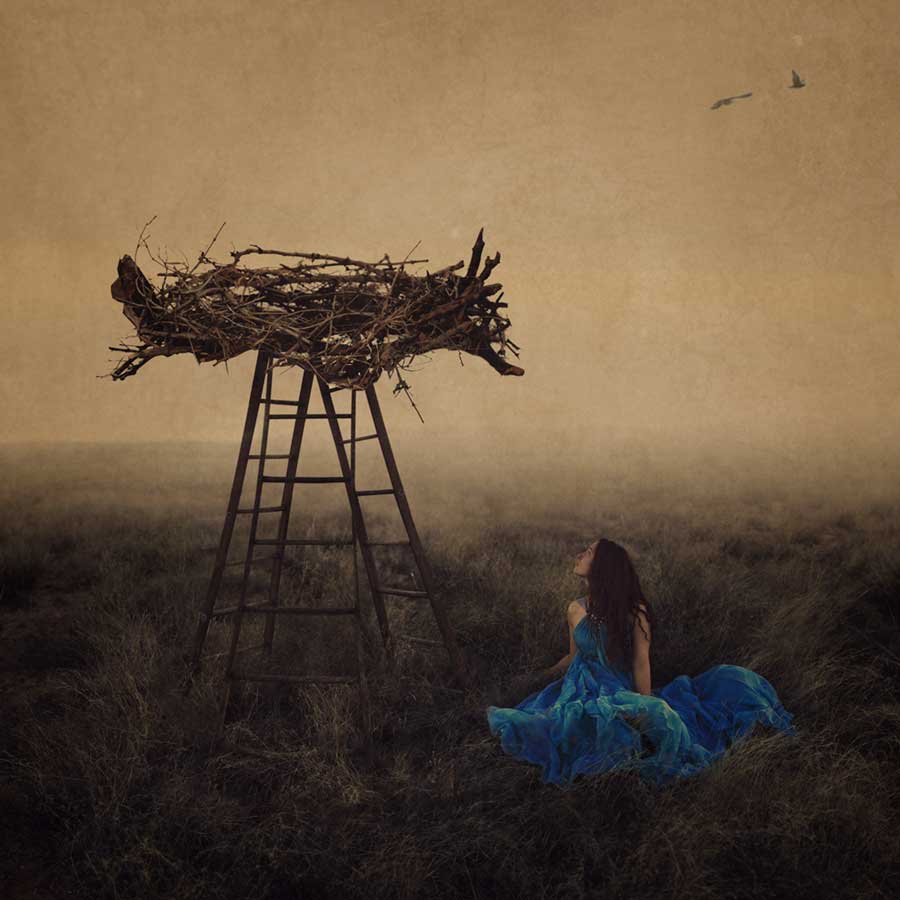
L.M.: Let’s talk about editing, which plays a significant role in your work; what is your most used Photoshop tool, plug-in, action set, etc.?
B.S.: I don’t personally use plug-ins or actions, but I do use a few different (very basic!) tools in Photoshop regularly. My most used tools are curves, the lasso tool, and replace color!
L.M.: Can you give us a really good post-processing tip?
B.S.: One question that I get a lot is, “How do you know when you’re finished?” I have one tip regarding finally finishing: an edit is to mirror your image by going to Image » Image Rotation » Flip Canvas Horizontally. This allows the image to reflect itself, and suddenly you can see everything from a different perspective – your compositing, light, composition, color. Everything is fresh, and you can double-check your work.
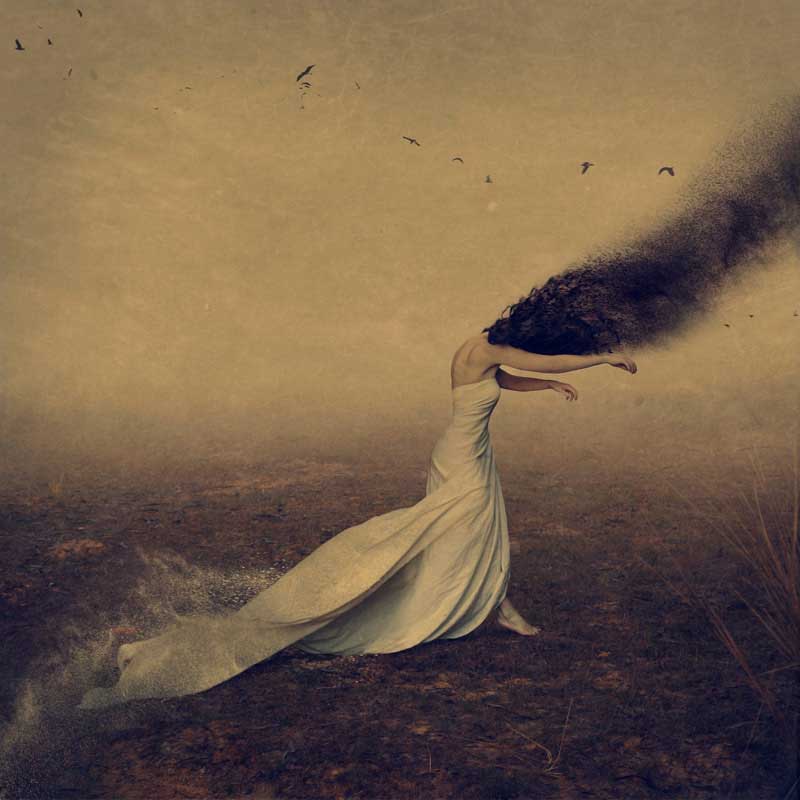
L.M.: What is your career path for the future? How did you get from being an aspiring photographer to doing it full time for a living?
B.S.: I am becoming increasingly interested in giving back to various communities, from supporting artists who want to express themselves but feel they cannot, to underprivileged communities as well. I look forward to hosting another convention this year (Promoting Passion Convention) and doing more work for charity projects. I hope to publish a novel I wrote soon, so I’m hoping that will come to fruition. I want to write more, create more meaningfully, and give back. I started photography with a strong voice (not necessarily great pictures!), and I think it was the voice that people took notice of above all else. That was encouraging to me in terms of pursuing art as a career, and I started writing to galleries and other venues until I began to getting gallery shows.
